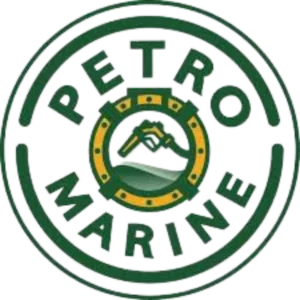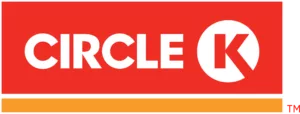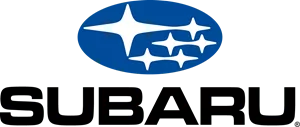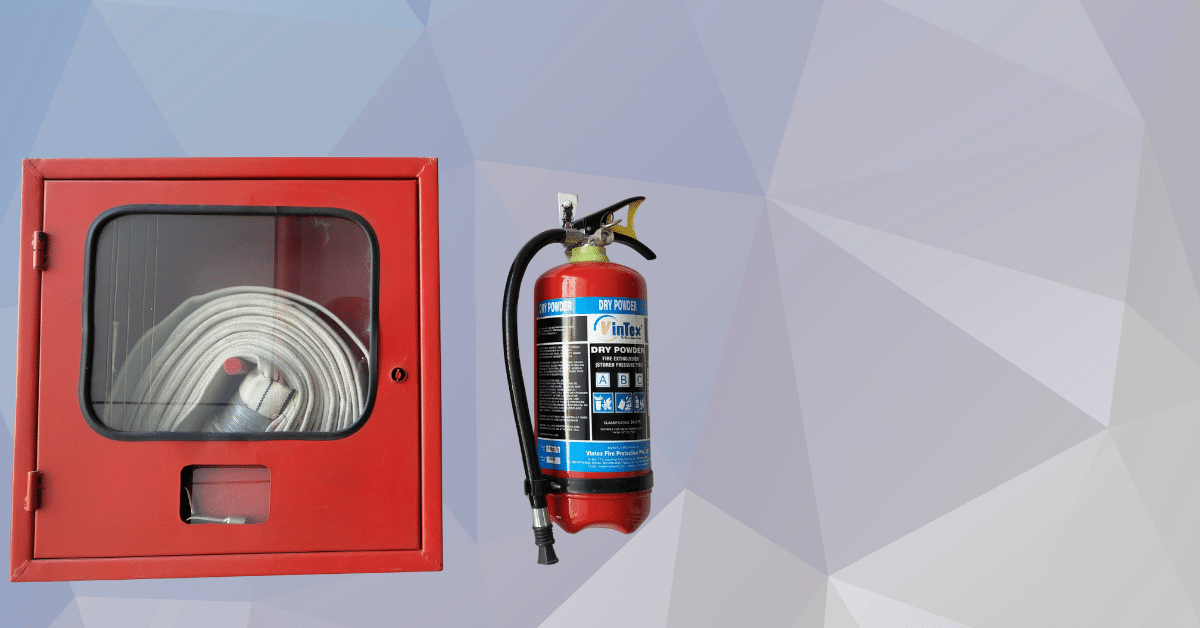It’s 4:30 in the morning, and a truck driver is ready to go out on a cross-country haul. He double-checks the tires, reads his electronic logbook, and checks the cargo straps twice. Each move is second nature—but not because he knew how to do it at birth. His confidence is because of regular DOT Compliance training that showed him the “why” behind every bit of detail.
A couple of years before that, the same driver almost lost his job when an inspection found him to be incorrectly logging hours. The infraction wasn’t for being lazy; it was for not being made aware of the most current revisions of the Hours of Service.
That moment was a turning point—for him and for the firm. Now his training is updated regularly, and it reflects in his measured, steady demeanor at each checkpoint.
Such stories remind us that compliance is not just about regulations or manuals—it’s about individuals making decisions on the fly, with livelihoods and safety hanging in the balance.
DOT Compliance Training as the Foundation of Workplace Safety
DOT regulations might seem like red tape, but in fact, they are the spine of highway safety. Each inspection form, rest break regulation, and load-securement rule keeps employees safe, as well as the general public using the highway.
Fatigue, neglectful maintenance, or routine inspections avoided don’t hurt just one business—they put families traveling on the highway at risk. Regular training guarantees that drivers are aware of ways to catch problems early and fix them before they turn into tragedies.
Employees are more likely to have regulators look at a company in a positive light when they can show knowledge and confidence under examination.
Clean inspections lower fines, reduce insurance premiums, and gain the trust of shippers who depend on safe and timely deliveries. Compliance also increases worker morale; employees like to know that safety is a top concern, not an afterthought.
Online Training: Convenience Meets the Demands of Modern Work
The transportation sector doesn’t usually come to a stop. Schedules are tight, routes cross several states, and drivers often drive from far-flung locations. That fact makes web-based training the obvious choice.
Web-based modules can be finished during layovers, breaks, or off-peak shifts. Rather than scheduling a classroom session that interferes with schedules, workers learn at their own convenience.
A Montana driver and a Georgia dispatcher can both access the same training at the same time. Online systems also allow companies to deploy critical updates—like a new FMCSA ruling—within days rather than months.
For those corporations operating fleets in a variety of states, online systems guarantee consistency and efficiency. All receive the same material, the same way, without deviation from trainer to trainer. Beyond logistics, online training allows for a record of who did what, so no employee falls through the cracks.
In-Person DOT Compliance Training: The Value of Face-to-Face Connection
Whereas online training is superior in terms of accessibility, in-classroom sessions have one thing technology cannot provide: human connection.
In-classroom instruction permits instant questioning and explanation. A driver unsure of a new Hours of Service regulation can request an example, and an instructor can work through it piece by piece.
Some things can’t be learned on a screen. Pre-trip inspections, cargo securement, and wearing safety equipment are all practiced better in the real world. Watching a demonstration—and doing it with coaching—provides a far more solid understanding than slides or videos alone.
Face-to-face training also fosters networking among workers. Drivers exchange anecdotes, mechanics share tricks of the trade, and dispatchers gain a greater understanding of the challenges faced on the road. These moments enhance company culture and build a sense of mutual responsibility for compliance.
Are Online DOT Compliance Programs as Effective as In-Person Training?
The argument isn’t novel. Several companies don’t want to make the transition to online programs because they’re afraid workers won’t give them respect. Yet research and experience in the industry indicate that format isn’t the key issue—design is.
Online is great at speed, scalability, and documentation. Face-to-face is great at debate, hands-on training, and building culture. Both can fail if the material is boring, stale, or irrelevant to actual problems.
Blended learning methods also bring the two worlds together. Intelligent businesses now adopt hybrid models, merging online modules for theory and updates with in-person brief refresherers. For instance, a fleet may ask drivers to do quarterly online lessons, then an annual meeting for practical drills. This method makes the most of efficiency while maintaining the essential personal touch.
Factors That Influence Training Effectiveness
Format by itself doesn’t yield results. The real key to measuring success is whether workers learn and use what they’ve been taught.
The part engagement, retention, and follow-up support play is critical to DOT compliance training. These are training courses that incorporate quizzes, practical case studies, and periods of reflection to increase retention. Follow-up is no less critical—managers who take time to discuss training subjects during toolbox meetings reinforce the message far beyond the classroom.
A tech-savvy, younger workforce might excel with app-based modules, whereas an older staff would respond well to more regular in-person refresherers. Seasonal operations could employ brief online blasts during busy periods and save in-person sessions for quiet months.
The solution lies in adapting the strategy to the team and not imposing a one-size-fits-all system.
Leadership engagement is another underappreciated element. When managers join sessions or take web-based modules with their teams, they convey a strong signal: compliance isn’t only for drivers, it’s for all. That type of top-down engagement enhances buy-in throughout the workforce.
HR Compliance Training as an Ongoing Journey, Not a One-Time Event
It’s easy to think of training as a checkbox. But just as car maintenance, compliance training is never really done.
With online courses, you can push out notifications with mini-lessons, and in-person managers can incorporate instant reminders into daily meetings. The idea is to make training a normal part of daily routine rather than an intermittent event.
Best practices in DOT Compliance training reinforcement include yearly full refreshers for everybody, quarterly micro-trainings to cover frequent infractions, event-driven refreshers right after new regulations or audit results, and role-specific refreshers for dispatch, mechanics, and leadership—not only drivers.
Firms that measure training effectiveness with KPIs like roadside inspection pass rates, CSA scores, and insurance claims can easily demonstrate ROI. When workers notice the link between regular training and reduced fines—or safer journeys—they get its worth beyond regulatory compliance.
Selecting the Right Path Forward for Your People
Compliance is like planning a cross-country trip. You can choose different routes—scenic highways, toll roads, or fast interstates—but what matters is reaching the destination safely and on time. Training is no different.
For some businesses, online DOT Compliance training programs will be the optimal path: adaptive, effective, and quick. For others, face-to-face is vital: intimate, useful, and highly interactive. And for most, the best choice is a mix of both—combining the convenience of online with the bonding of in-person learning.
Ultimately, the question isn’t “online or in-person?” but “what keeps our people confident, safe, and inspection-ready?” If your drivers step into weigh stations knowing exactly what’s expected, if your dispatchers plan with compliance in mind, and if your leadership treats training as a priority, then you’ve chosen the right route.
As with a well-serviced fleet, training takes attention, investment, and periodic updating. The firms that approach DOT Compliance training as an ongoing process—instead of an event—will not only prevent fines but develop a culture of trust, safety, and reliability that propels them mile after mile.


















